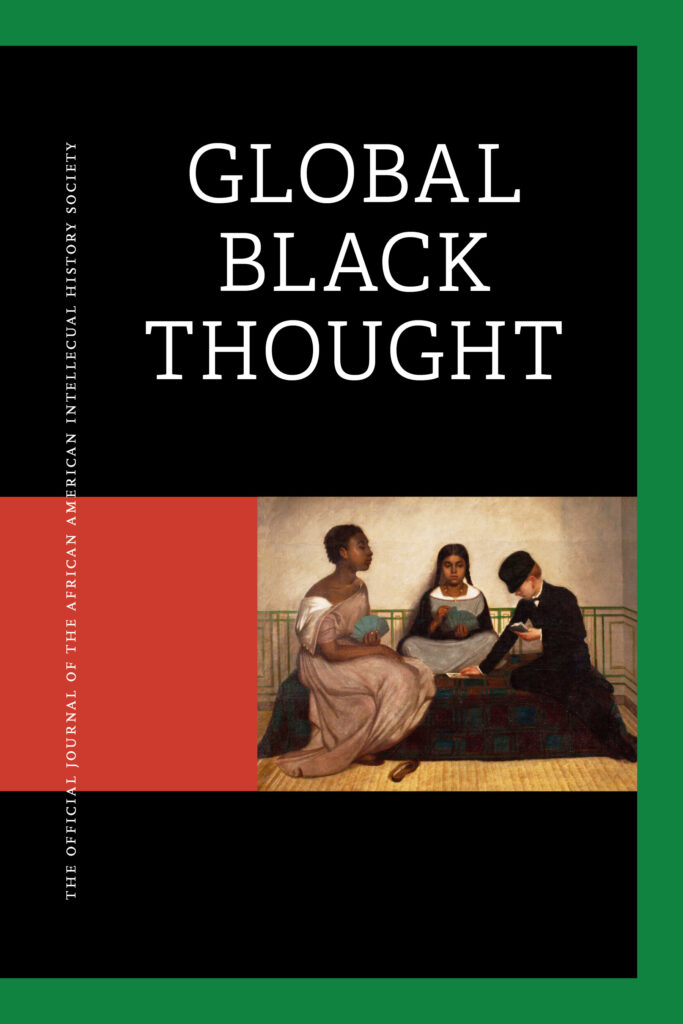Our final Intern Reflection for this summer comes from Liz Hallgren.
Before my internship with Penn Press, I was never quite sure how to respond to skeptics’ questions regarding my potentially less-than-lucrative English degree, or my plan to work in publishing. Because I lacked experience, I did not have the tools to respond assertively to their critiques about careers in the literary world—a typical English Major’s dilemma. Thankfully, Penn Press’s internship program has allowed me to begin to answer those pestering questions about what I would like to do with my degree and why publishing might be the field for me, while also teaching me more than a few important lessons along the way.
I could not have foreseen the immense learning curve I experienced at Penn Press; my picture of the publishing field, one developed in part from Hollywood images of bookworms hunched over manuscripts, was quickly proven far too simple. While I knew that publishing involved much more than editing a manuscript, and that the field was vast, I never quite knew the extent of what was to me, the mystery of the publishing world. At Penn Press, I immediately saw that my manuscript-focused, editorially-concentrated conception of publishing ignores the multitudes of other people and tasks involved in bringing a book to fruition. Tragically, this image had also blinded me to the fact that academic and trade publishing do not occupy one amorphous publishing world, but rather, are two entirely unique fields. Penn Press allowed me to explore academic publishing, and to see that it’s not, in fact, all about the manuscript and that scholarly publishing is its own beast.
Fortunately, during my time at Penn Press I had the opportunity to work in both the Journals and Acquisitions departments, positions that reminded me daily that the publishing world is broad and deep, each of its parts working to reach similar, but distinct, goals. Having the opportunity to couple my experience in Acquisitions with my time in Journals allowed me to see firsthand the editorial side of publishing that I had always imagined, yet also engage with the journals side of publishing that I knew hardly anything about.
Beginning in the Journals department, I learned that the world of journals publishing is separate in most cases from that of book publishing in a scholarly press. This position taught me better than any diehard print-lovers’ complaints could that the Internet is changing the way that we publish. As my two astute supervisors worked to adapt their business to this changing climate, I saw the particular ways that new developments such as online aggregators and the open access movement have caused a change in journal circulation, subscription, and marketing. In the case of journals publishing as well, it’s not all about the manuscript. Determining where to advertise the journal, what online aggregators to use, how to price the journal, what journals to acquire, and how to design the journal, are all just as important decisions to make, as editing and managing the content is, to producing a polished final product. The Journals department also reinforced that trade and academic publishing are distinct, as trade publishing lacks an equivalent to scholarly journals. Journals require blind peer review, mark important stepping-stones in the typically professorial careers of those who are lucky enough to publish in them, and reach niche audiences. Thus, from the very beginning of my time at Penn Press, I was confronted with the knowledge that scholarly publishing is a field far more complicated than I could have imagined. However, this realization also heightened my excitement about the field, and piqued my desire to see more.
And more did I see! From Journals I moved to Acquisitions, arguably the center of the Press. This manuscript-content-focused, editorial heart of the press showed me, too, that the publishing process involves much more than the manuscript itself. Through working with acquisitions editors and assistants, I learned that in order to determine if a manuscript is worthy of publishing, one must not only have a “good eye” for material, but also understand the literature of the field and be able to decide what work contributes well to the existing scholarly conversation. Similarly, I saw that being able to rework, refine, and polish a manuscript with potential is essential to publishing a successful book—a task that cannot be completed without a strong network of scholars in the field to guide the editors along the way. Working in the Acquisitions department also made clear that scholarly and trade publishing are not only entirely different in the topics pursued, but also in the respective goals of those working in each field. Scholarly publishing departs from trade publishing most dramatically in its emphasis not on sales (though this is, of course, hugely important), but rather, on contributing virtuously to a scholarly conversation.
Though I still do not have all of the answers to those pestering questions that I mentioned earlier, Penn Press has given me the tools I need to speak knowledgeably about this field, and even more importantly, to seek answers to my further career questions. I am now sure that publishing is a field I would like to pursue, and thanks to Penn Press I can do just that! With a few important myths about publishing debunked, and lessons learned (again: it’s not all about the manuscript, and scholarly publishing is its own beast), I can confidently take the next steps toward my future career. Thank you, Penn Press!—Liz Hallgren

